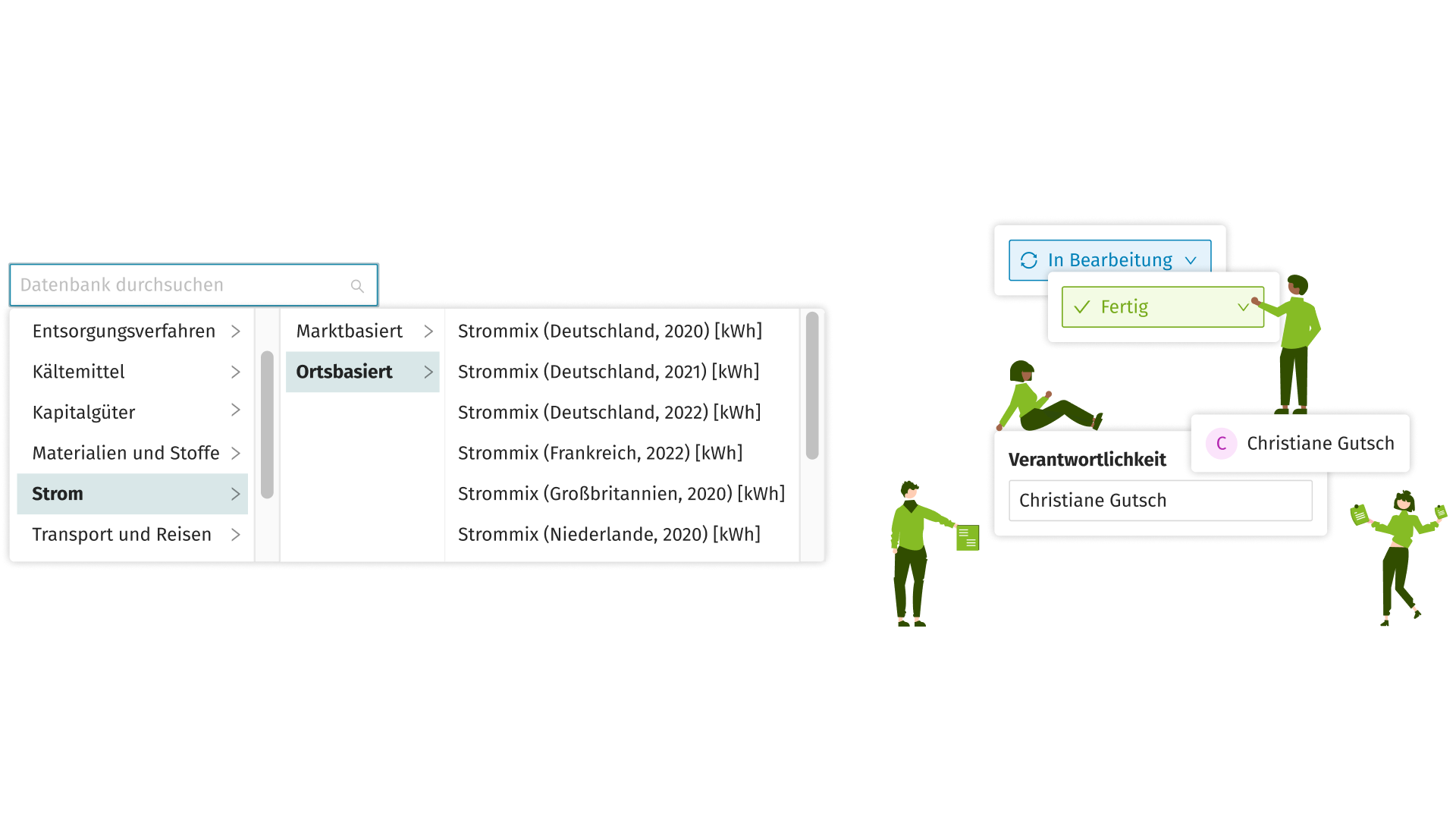Enit Corporate Balance Sheet (CCF)
Simply create your corporate carbon footprint
The carbon footprint solution for industrial companies that want to move towards a sustainable future with full transparency.

























